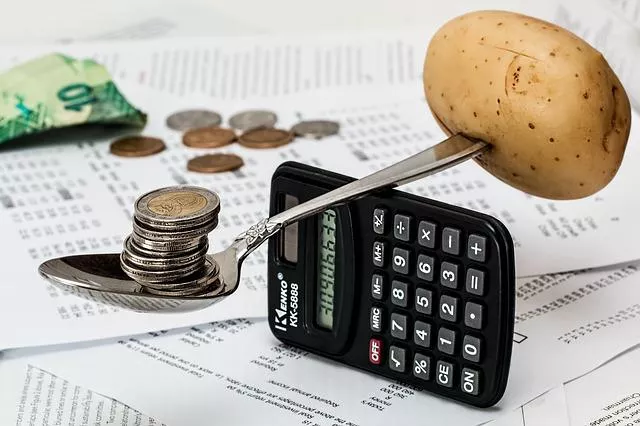Stagflation May Be Our Next Stop, But That Is Not What Worries Me

If rising costs (inflation) were predictable, then wages would match this increase and the impact on the consumption of goods would be benign. This has been anything but the case lately. Though wages have risen 3–4%, they significantly lag official inflation numbers and are left in the dust by actual inflation. And this is before high interest rates and high fertilizer prices caused by the war in Ukraine hit food production, food prices, and consumer wallets.
As inflation outpaces the growth in wages, consumers find themselves poorer and thus their ability to buy discretionary goods declines. This is how inflation turns into a headwind for economic growth, and it's called stagflation. The impact of inflation on the economy will depend on the differential between the inflation rate and wage growth. The higher the difference between these two numbers, the more inflation slows down the economy, causing stagflation.
We are not worried about a recession.
Recessions are natural cleansing mechanisms for the economy. Over the course of economic expansions, companies start to drip with fat. Their processes loosen, they hire too many people, they accumulate too much inventory. Recessions are nature’s diet plan for companies that need to shed some fat. Recessions are not fun (especially for those who lose their jobs), but historically they have been short-term interruptions between economic expansions.
To see what the economy and stocks will do during a high-inflation environment, you can look at what they did in the '70s and '80s. Or you can just look at the last 20 years and invert.
Over the last twenty years we had declining interest rates and low inflation, which in turn caused never-ending (with only short-term interruptions) appreciation of housing prices. This put extra money into consumers’ pockets and drove prices of all assets up (especially stocks), which in turn boosted consumer confidence, as people felt wealthier and were encouraged to spend.
Credit flowed like beer at a Saturday night fraternity party. Stock market multiples expanded. Despite government debt tripling, the interest payments on our debt as a percentage of the Federal budget are near an all-time low. Low interest rates and government spending are stimulative. Now, invert all of that and you get anemic long-term economic growth and contracting stock market multiples. The tailwinds of the past turn into the headwinds of the future.
Over the last 20-plus years, every time the economy stumbled, Uncle Fed bailed it out – he lowered interest rates, injected the market with liquidity, and the economy and market were back to the races. The pain from which we were spared did not go away; it was being bottled up in the pain jar. This jar has nearly run out of room and is now leaking. Today, to prevent inflation turning into hyperinflation, the Fed will have to do the opposite of what it is used to doing in the 21st Century – it will be raising rates.
I have been doing this long enough to know that the economy is a complex, self-adjusting mechanism, and thus the grim picture I have painted in this and previous articles may or may not play out. One should never underestimate human ingenuity.
However, our job is to prepare for the worst, and hope for the best. Since hope is not strategic, we are focusing all our energy on the preparing part. Considering that the dotcom 2.0 bubble still has plenty of room to deflate (we rifled through the wreckage and did not find anything we liked), high overall stock market valuations, and grim global economic picture, we are continuing to position our portfolio very conservatively.
We have intentionally positioned the portfolio for a low-growth environment. The majority of our companies don’t march to an economic drummer. In other words, their profitability should not change much if the economy goes through a protracted contraction or low (real) growth. Yes, the market is expensive and the economy is rife with uncertainty; but we don’t own the market, we own carefully selected high-quality, (still-) undervalued companies.



